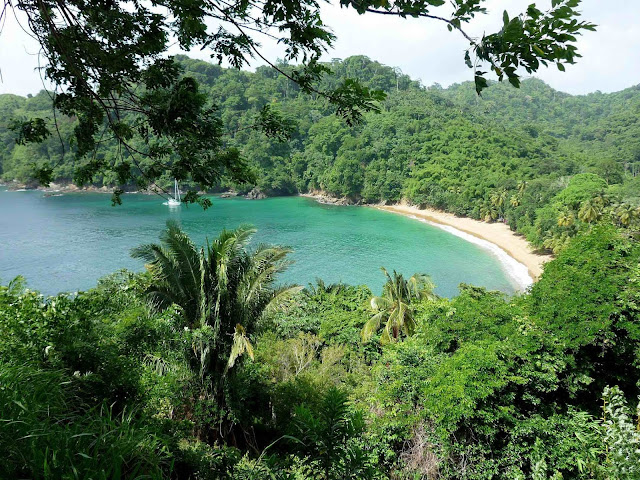12 Days of Christmas in the Deep Sea off Tobago

In 2016, Jahson Alemu took us to the Buccoo Reef for creatures to represent ‘12 Days of Christmas.’ To celebrate the 2017 season, marine scientist Diva Amon takes us into the deep ocean! One and half kilometers deep, off the east coast of Trinidad and Tobago, we'll find creatures you can't imagine. Marvel at this Christmas tribute to twelve deep sea inhabitants. There are more wonders lurking in the deep ocean than we know! (All photos courtesy the Ocean Exploration Trust.) On the first day of Christmas One swimming sea cucumber ( Enypniastes eximia) Enypniastes eximia is a deep-sea species of sea cucumber (or holothurian) that, unusually, spends a large portion of its life swimming! On the second day of Christmas Two chimaeras ( Hydrolagus affines ) Hydrolagus chimaeras are also known as spookfish or rabbitfish and are closely related to sharks and rays. They have a venomous spine in front of the dorsal fin. This particular individual als...





